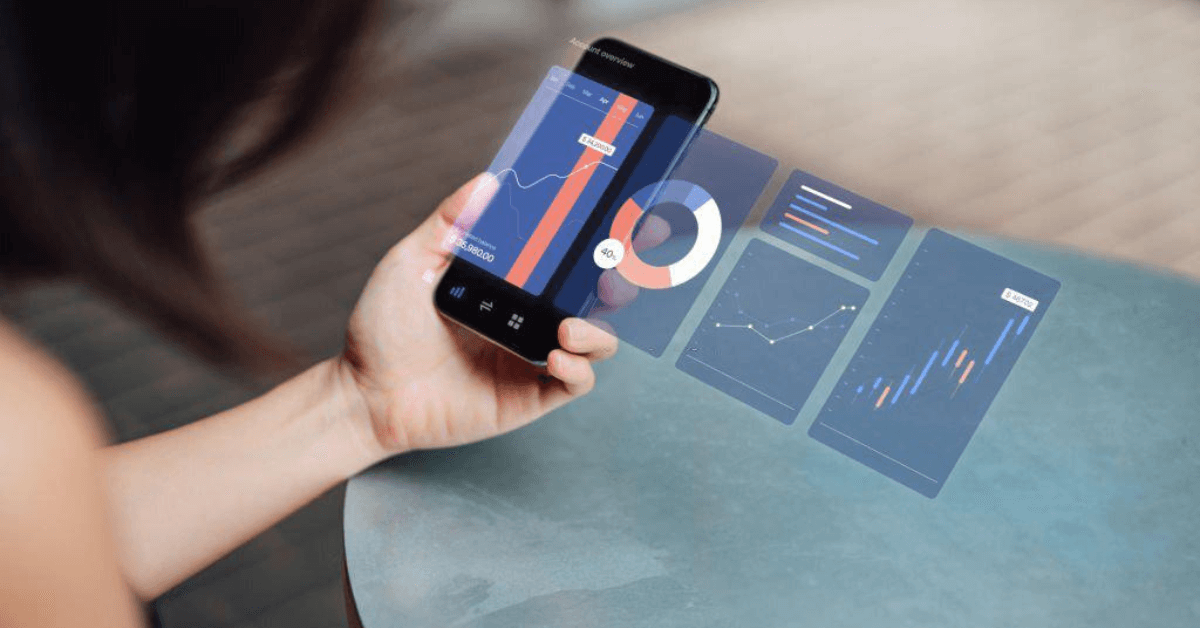A Complete Vulnerability Scanning Guide Just for You
Vulnerability scanning is an important part of any security program. By conducting vulnerability scans on a regular basis, you can ensure that your systems are secure and compliant. Check out the best Vulnerability Scanning guide for you.
If you run a business, it's critical to make sure your security measures are effective. Conducting routine vulnerability scans on your systems is one of the most efficient ways to do this. We'll go through everything you need to know about vulnerability scans in this vulnerability scanning guide.
We'll cover the different types of vulnerability scans, how they work, and why you should conduct frequent vulnerability scans. As a result, we'll also provide you with the best business system suggestions on how to pick the best vulnerability scanner for you.
Vulnerability Scanning: What Does It Mean?
Vulnerability scanning is the process of detecting, evaluating, and correcting system vulnerabilities. Both hardware and software systems may have vulnerabilities. Internal or external vulnerability scans are possible. Internal vulnerability scans are usually conducted by the organization's own security team. Third-party security firms run external vulnerability scans.
Importance of Vulnerability Scanning
Vulnerabilities are found in every type of firm. They may be created as a result of system modifications or discovered all the time. Automated programs are used by cybercriminals to identify and exploit known weaknesses, gaining access to unsecured systems, networks, or data. Exploiting Web vulnerabilities with automated tools is straightforward: attacks are cheap, simple to conduct, and indiscriminate, so every Internet-facing organization is vulnerable.
The simple fact is that any vulnerability could provide access to your network. This is why deploying patches to address these security flaws is so important: if you don't upgrade your software, firmware, and operating systems to the most recent versions when they are released, the vulnerabilities in your networks will remain exploitable, leaving your business vulnerable.
A Step-by-Step Vulnerability Scanning Guide
The vulnerability scanning process typically consists of four steps: identification of vulnerabilities, evaluation of risks, treatment of any identified vulnerabilities, and reporting.
The scanner will look for known vulnerabilities in the system during the identification phase. Once potential vulnerabilities have been identified, they will be evaluated to determine the severity of the risk they pose to the system. In some cases, it may be possible to mitigate the risks without having to fix the vulnerability.
Once the risks have been evaluated, any identified vulnerabilities will be treated. This usually involves patching the vulnerability or implementing workarounds. Finally, a report will be generated that details all of the findings from the scan.
Vulnerability Scanners: Main Five Types
? Network-Based Vulnerability Scanners
Network-based vulnerability scanners discover unknown or unauthorized devices and networks, as well as look for any hidden perimeter points on the net, such as covert backdoors into company partners' networks.
? Host-Based Vulnerability Scanners
Vulnerability scanners that operate on the host level, such as host-based vulnerability analyzers, are used to detect and identify security flaws in servers, workstations, and other network hosts. They also provide additional information about the scanned systems' setup parameters and patch histories.
With a vulnerability assessment tool running on the host, it's possible to evaluate the potential damage that might be done by insiders and visitors once some degree of access is granted or taken.
? Wireless Scanners
Wireless security vulnerability detectors are used to detect and confirm that a firm's network is correctly secured.
? Application Scanners
Application scanners check websites for known software flaws and bad configurations in networks or web applications.
? Database Scanners
Database scanners look for flaws in a database to prevent attackers from exploiting them.
How is Vulnerability Scanning Different from Pentesting?
Vulnerability scanning and pen testing are often confused because they both involve testing for security vulnerabilities. However, there are some striking dissimilarities between these two processes.
Vulnerability scanning is typically automated and focuses on identifying known vulnerabilities. Pentesting, on the other hand, is a manual technique that aims at identifying hidden dangers. Pentesting can also include exploitations of identified vulnerabilities whereas vulnerability scanning does not.
Why Should You Conduct Frequent Vulnerability Scans?
- When vulnerability scans are performed on a regular basis, the results are more reliable. Because new flaws are discovered and addressed on a regular basis, the findings get more accurate. By conducting vulnerability scans more often, you can be sure that your reports are up-to-date.
- Many vulnerability scanners now offer automatic scanning capabilities. This means that once you have set up the scanner, it can run periodic scans without any intervention from you.
- Conducting frequent vulnerability scans can help build trust with your customers and partners. By demonstrating that you are regularly testing your systems for vulnerabilities, you are showing that you take security seriously. This can help you acquire new consumers and partners, as well as strengthen current ones.
How to Select a Vulnerability Scanner for Your Organization?
- You must choose between an external or internal scanner. If you choose an external scanner, be sure to select one that is accredited by a reputable third-party organization.
- You must think about the scanner's capabilities. Is it possible to use it without lifting a finger? Is it compatible with your existing security system? Does it provide accurate and up-to-date reports?
- You should think about how much the scanner will cost you. Is it within your budget? Does it offer a free trial? These are all important factors to consider when selecting a vulnerability scanner for your organization.
Conclusion
Vulnerability scanning is an important part of any security program. By conducting vulnerability scans on a regular basis, you can ensure that your systems are secure and compliant. When selecting a vulnerability scanner, be sure to consider your needs and budget.
And finally, remember that vulnerability scanning is different from pen-testing. Pentesting is manual and focuses on identifying unknown vulnerabilities whereas vulnerability scanning is automated and focuses on known vulnerabilities.

Subscribe & get all related Blog notification.





Post your comment